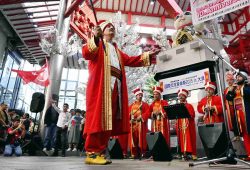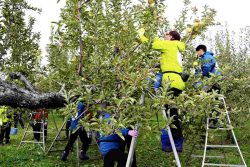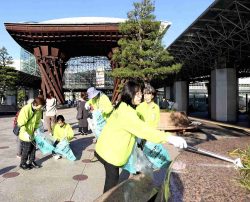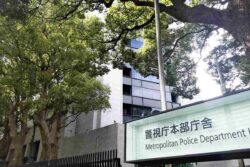
Participants work in the Kojima residence on Jan. 21 as part of the pilot program of converting historic buildings in Kawagoe’s city center into shared work spaces.
18:00 JST, February 21, 2021
A historic city in Saitama Prefecture is looking to use a modern trend intensified by the prolonged pandemic as a means to help preserve more of its highly regarded architectural heritage.
Kawagoe has started a pilot program of converting historic residences into shared working spaces, for which a market has emerged as companies embrace teleworking and other flexible working styles.
The bustling castle town during the Edo period (1603-1867) still boasts a high concentration of traditional buildings — around 270 have been designated with official historic status on the national or local level. Historic houses include cultural properties, traditional buildings and structures of landscape importance. Most of them are owned by individuals, and houses in the prime tourist area are often turned into restaurants and cafes. However, in the 2010s, there were a few cases in which city-designated historic buildings owned by individuals were demolished due to inheritance problems and changes in the owner’s lifestyle. This made city officials worry that those type of houses would be lost.
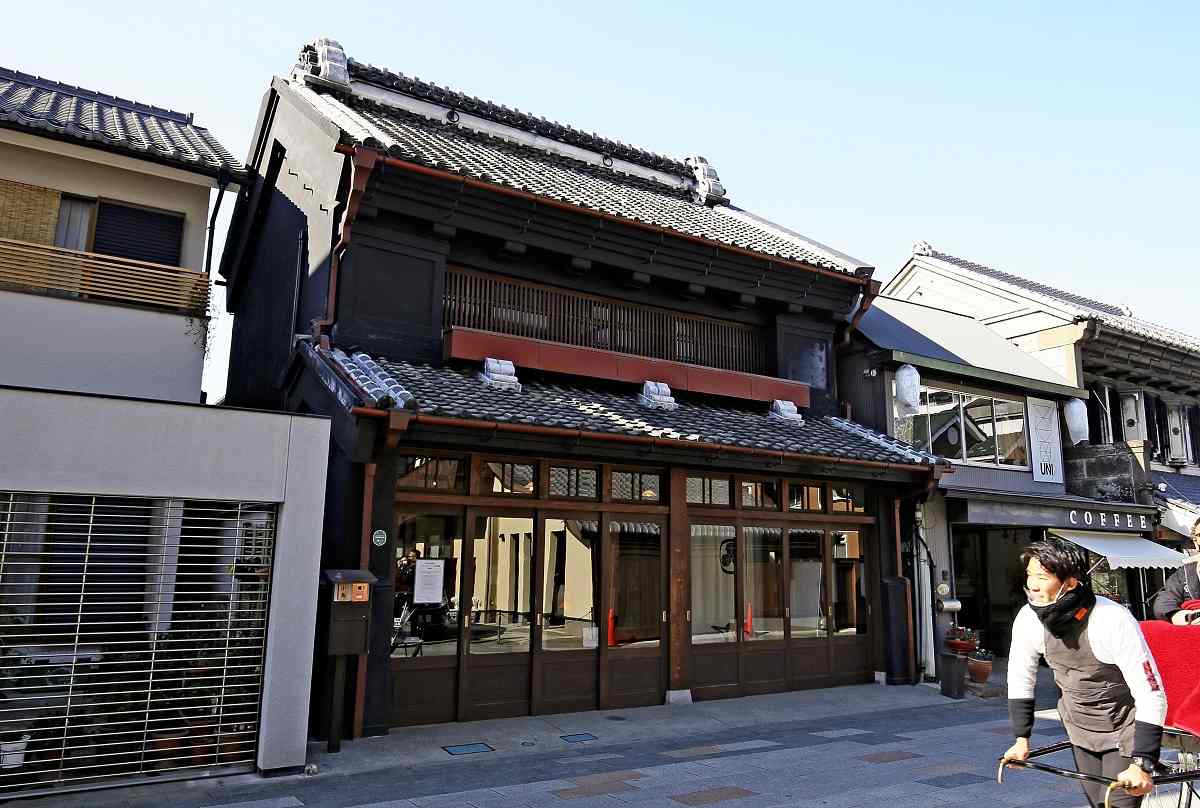
An exterior view of the Kojima residence.
Last December, Kawagoe officials initiated a program to avoid demolition by increasing the number of options for utilizing unused privately owned historic houses, in an effort to provide an economic boost while maintaining the aesthetic beauty of the city.
The first test cases involved two residences built in the Meiji era (1868-1912). The Kojima residence, which is nationally recognized among the structures of landscape importance, and the Ayabe residence, which received a similar designation from the city, were converted into shared working spaces, with updated interiors including desks, whiteboards and Wi-Fi access contrasting with the classic exteriors. The spaces are available to selected freelancers and teleworking employees until the end of February.
“Unlike a cafe, I find this to be an incredibly relaxing place to work,” said one worker at the Kojima residence. “At the same time, it’s a strange place that also provides a change of mood. If other municipalities had places like this, people would get more work done.”
Although the two houses are not in immediate danger of demolition, the initiative was an important first step, according to an official in Kawagoe’s urban landscape division.
“There are limits to what the government can do when it comes to preservation and restoration,” the official said. “I hope we can foster more cooperation between the public and private sectors, and open these historic buildings up as offices and other spaces to ensure that they remain in continuous use.”
(Old & New is a series exclusive to The Japan News.)
Click here to watch the video
Related Tags
"Features" POPULAR ARTICLE
-
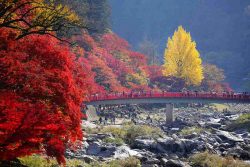
Autumn Foliage Reaches Peak Season at Korankei in Aichi Prefecture
-

Japan’s Osechi Meals See More Value Offerings as Customers Struggle with Rising Prices
-
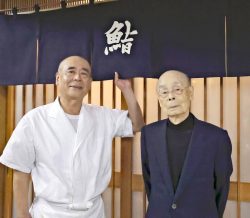
Legendary Sushi Chef Jiro Ono Turns 100: ‘I Have No Regrets’
-

Autumn Foliage Surrounds Visitors to Tokyo’s Showa Kinen Park
-

Japanese, Western Flavors Blend in Satoimo Taro Cheese Dumplings; Versatile Seasonal Staple Served with Savory Sauce
JN ACCESS RANKING
-

Govt Plans to Urge Municipalities to Help Residents Cope with Rising Prices
-

Japan Resumes Scallop Exports to China
-

Japan Prime Minister Takaichi Vows to Have Country Exit Deflation, Closely Monitor Economic Indicators
-

Japan to Charge Foreigners More for Residence Permits, Looking to Align with Western Countries
-

Japan GDP Down Annualized 1.8% in July-Sept.


